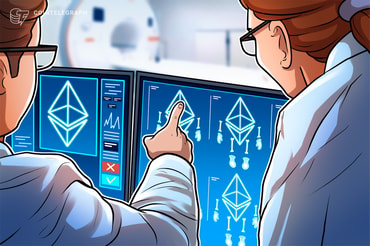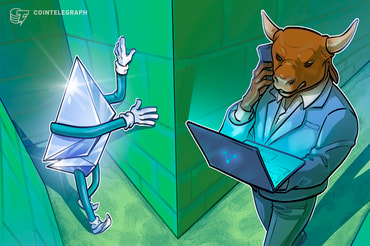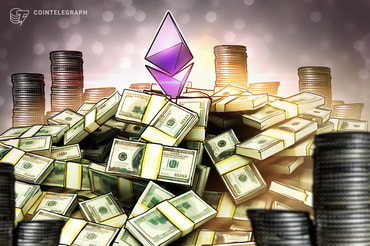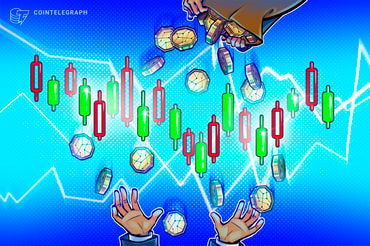

Ethereum
ETH$4,498
-$193.3934 (4.30%) 1d
About
Ethereum is a blockchain used as a base for building. Its native coin, Ether (ETH), is used to pay Ethereum gas fees charged for interacting with the Ethereum network. Developers can build decentralized applications (DApps) or tokens on the Ethereum blockchain. Vitalik Buterin published the Ethereum white paper in late 2013, but the blockchain did not launch until 2015 as the product of multiple co-founders, including Buterin. ETH price, or Ethereum price — the price of ETH to USD — rose significantly in the years following 2015.
How Ethereum works
The Ethereum blockchain started as a proof-of-work (PoW) blockchain, relying on Ethereum mining for block production on its network. In this system, miners (computing equipment set up to run automatically) compete to find the answer to a complex puzzle. The winner gets to produce an Ethereum block on the network. Each block is filled with transactions and contains a block reward. The miner that wins a contest to discover the block earns the block reward and the transaction fees associated with the transactions in that block.
In 2020, however, Ethereum officially began its transition to Ethereum 2.0, or Eth2 — a lengthy transition aiming to scale the Ethereum blockchain and move to a proof-of-stake (PoS) consensus algorithm. The Ethereum 2.0 blockchain relies on validators staking a minimum of 32 ETH to run and secure the network.
Ethereum has smart contract capabilities. Smart contracts are essentially digital contracts that execute a predetermined agreement once certain conditions are reached. Developers can build DApps on the Ethereum blockchain. These DApps can look similar to other applications, with user-friendly front ends that offer features such as asset trading. On the back end, however, DApps run on the Ethereum blockchain via smart contracts.
Developers can also deploy a number of different types of tokens on the Ethereum blockchain, such as ERC-20 assets. These ERC-20 tokens are distinct assets, but they run on the Ethereum blockchain. Another example is nonfungible tokens, or NFTs, which are buildable via a different type of Ethereum token — the ERC-721 token standard.
How secure is Ethereum? Due to its nature as a blockchain run by numerous participants around the globe — without any main centralized entity controlling it — Ethereum should be quite secure (in a general sense) compared with the centralized solutions of yesterday.
Ethereum price
Ethereum ran its initial coin offering (ICO) in 2014, prior to the Ethereum blockchain’s launch in 2015. In 2016, ETH at times traded for less than $10 per coin. ETH’s value drastically increased in terms of Ethereum to USD, or ETH to USD, in the years following, reaching price highs of more than $4,500 per coin in 2021. ETH’s price over time, however, has shown volatility, similar to other assets in the crypto space.
Ethereum gas prices are another Ethereum price metric that comes into play when looking at the Ethereum blockchain. The price of Ethereum gas fees became a noticeable burden in 2020 and 2021.
Ethereum supply and demand
While Bitcoin has a finite supply of 21 million coins, Ethereum has taken a different approach. There is no cap on the total ETH supply, despite a 2018 Ethereum Improvement Proposal (EIP) submitted by Buterin to limit the number of coins to 120 million. There is, however, an annual limit.
According to the Ethereum Foundation — a nonprofit entity that helps oversee the Ethereum blockchain and other Ethereum ecosystem aspects — ETH is “issued at a constant annual linear rate via the block mining process” of 0.3 times the total ETH purchased in the 2014 crowdfunding campaign. Considering that roughly 60 million ETH was issued in the presale, no more than 18 million ETH can be issued each year. That annual amount, however, can be issued indefinitely.
Despite the fact that the ETH supply will continue to expand, the rate at which the supply increases will decline over time due to the fixed nature of the coin’s issuance. As a result, Ether is not considered an inflationary asset; on the contrary, it fits the bill of a disinflationary currency, meaning that its inflation will lessen over time.
In 2021, the Ethereum London upgrade ushered in a number of new features, including burning a certain amount of ETH based on transactions.
How to buy Ethereum
Multiple routes exist through which users can buy ETH. Someone, for example, might choose to buy ETH directly from a friend in exchange for cash via an in-person purchase. It is of vital importance, however, to research and abide by any applicable jurisdictional regulatory guidelines and restrictions.
For up-to-date ETH pricing, see the live ETH price at the top of the page, which also includes other data in the same box, such as Ethereum’s market cap. For Ethereum price history, check out the Ethereum price chart (ETH chart) above. For Ether news, check out Cointelegraph’s Ethereum News page.
Latest Market News








ETH Key Metrics
ETH Price Calculator

